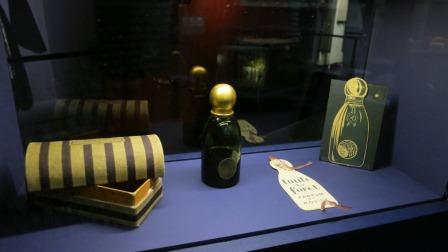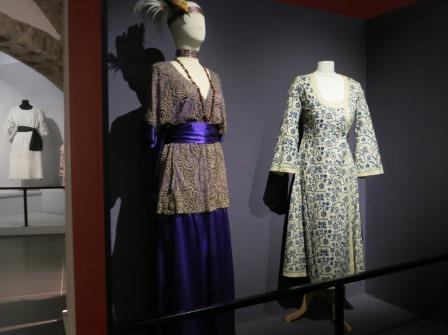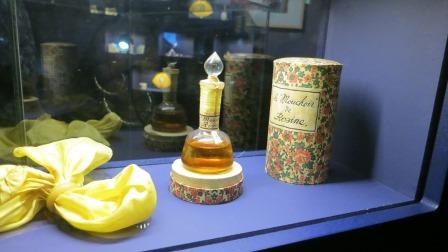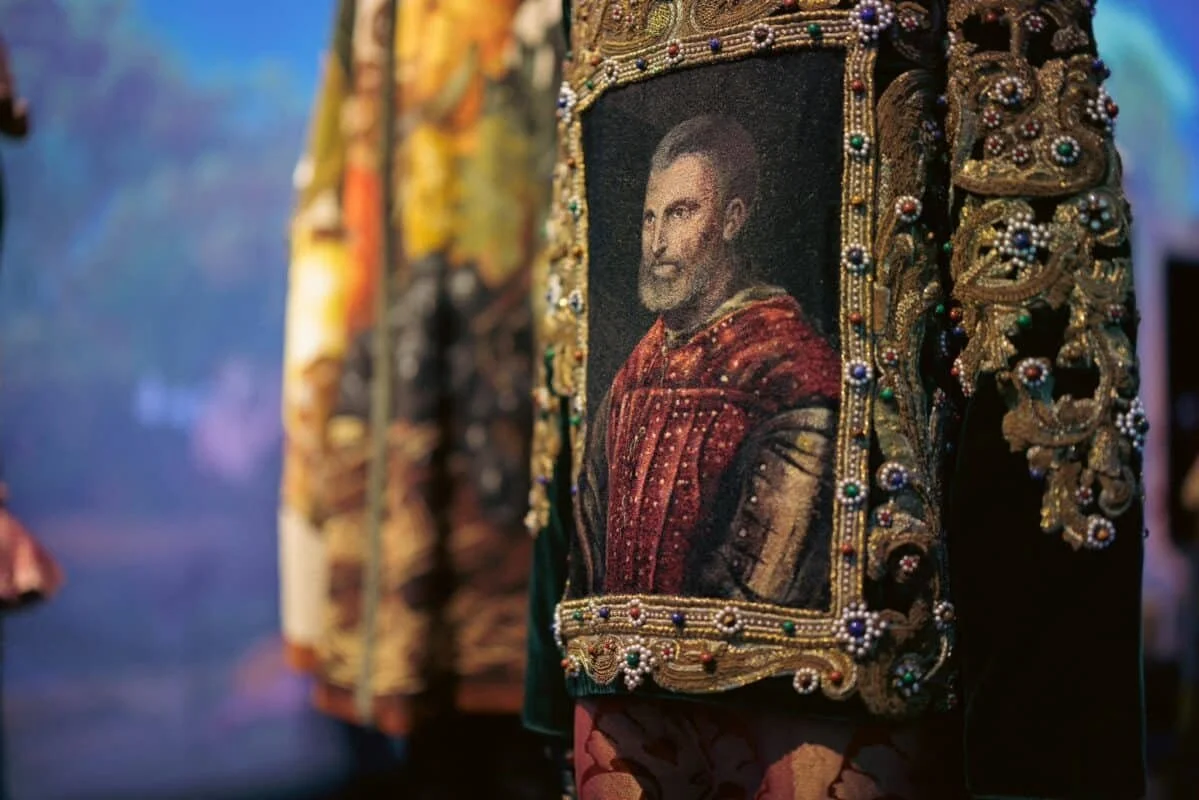Paul Poiret, Couturier - Perfumer
For a couple of decades, starting in the early 1900s, Paul Poiret ruled the Parisian couture scene offering women a modern alternative to the Belle Époque corsets, designing colorful dresses with high waistlines that freed the body and richly decorated silk overcoats with narrow seams at the bottom that created a very distinct way for women to walk. Called “Le Magnifique,” the designer entertained lavishly (this would eventually lead to his ruin) and embraced the arts in varied forms, including reaching out to artists to collaborate on various products.
While his name is still remembered today as a designer, less is known about the significant role that Poiret played in bringing together the worlds of fashion design and perfumery.
The “Paul Poiret, Couturier-Perfumer” exhibition, now at the Musée International de la Parfumerie in Grasse, France, seeks to redress this by recalling in chronological order the development of Les Parfums de Rosine, a perfume house Poiret set up in 1911 and named after his elder daughter.
The exhibition showcases Poiret’s early flair for marketing innovation by promoting his perfumes with sideline accessories like fans, perfume cards, and samples, and it details how from the start Les Parfums de Rosine showed artistic ambitions, reaching out to various creative people such as fashion illustrators George Lepape and Mario Simon, as well as artists Marie Vassilieff, who worked on Poiret’s advertising for Arlequinade, and Raoul Duffy, who made numerous designs for the brand, including a bird and leave motif for Toute la Foret. Sculptor Julien Viard also designed several perfume bottles and stunning bottle stoppers, such as a Foo dog (a Chinese guardian) for Sakya Mouni.
The perfumes themselves were promoted as luxurious products, and reflected influences such as the Ballet Russes, en-vogue at the time, and orientalism with names like Nuit de Chine, Sakya Mouni, Aladin, and Maharadjah.
Poiret chose an avant-garde design for Le Minaret, a glass bottle wrapped in fabric, while the perfume bottle for Nuit de Chine, reminiscent of a small snuff bottle, used Bakelite rings and had a Chinese ideogram on its label as well as being packaged in a silk-covered box with an oriental design. Le Fruit Defendu (forbidden fruit) had a bottle shaped like an apple (decades later Poison by Dior would reprise a similar theme), while the leafy motif on the box was designed by Duffy.
Le Parfums de Rosine’s success was immediate and lead the way for a new generation of couturier-perfumers: No.5 by Chanel (1921), Dans la nuit by Jean-Philippe Worth (1924), My Sin by Jeanne Lanvin (1924), Amour-Amour by Jean Patou (1925), and Shocking by Elsa Schiaparelli (1937).
Les Parfums de Rosine ceased to exist in 1929 when Poiret went bankrupt, and the exhibition presents the story within the broader context of Poiret’s creations in fashion and the decorative arts, with several of his gowns and photographs of the time also on display.
The exhibition “Paul Poiret, couturier-Perfumer” runs until September 30 at the Musee International de la Parfumerie in Grasse. A bi-lingual catalog for the exhibition has been released by the museum and Somogy Edition: “Paul Poiret, Couturier - Parfumeur.”
As first published on BlouinArtinfo.com











